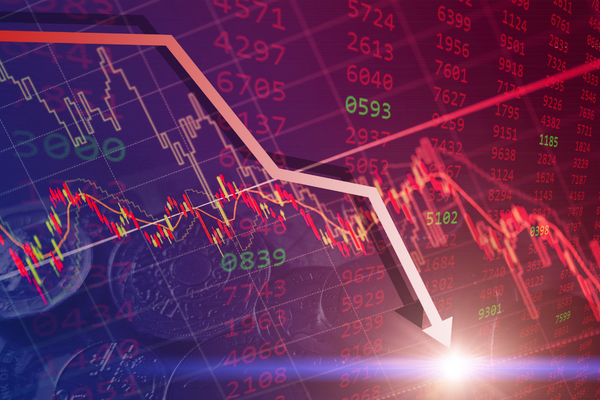
It’s been said that any recession taking place in 2023 may be the most expected and anticipated recession in history. The Federal Reserve, forced to hike interest rates at the fastest pace on record in 2022, is setting out to slow down and cool off the economy by design, in order to fight inflation.
It’s now the most likely scenario, according to many Wall Street economists, that the United States and even the global economy will face a mild to moderate recession sometime in 2023. Some have suggested that a recession is even necessary in order for inflation to slow to more normal levels.
“Markets had begun 2023 with solid gains, buoyed by optimism that the Federal Reserve may soon begin slowing the pace of its interest-rate rises,” according to a Jan. 19 Wall Street Journal article. “But in recent days that upbeat mood has started to fade, with investors concerned that the lagged effects of the Fed’s rate rises are beginning to take their toll.”
Unemployment is expected to rise moderately from its currently historically low levels, and consumer spending, the largest component of U.S. GDP, is expected to slow as consumers tighten their belts following a year of high inflation, a reduction in savings rates and the depletion of pandemic-era savings.
Importantly, markets are often far ahead of the current economy, and with the S&P 500 falling over -19% in 2022, it’s important to consider how much of a potential slowdown may be priced into markets at these levels, and any areas where markets may be overconfident or overly pessimistic.
Below we’ll share a few of our tips for investors right now, as the calendar carries over to a new year, but many of the same market risks remain.
Attempting to time recessions often leads to sub-par results
While it may seem simple to predict that there may be a difficult economic environment in 2023, what’s much harder to know is how markets will respond to future developments in the economy. De-risking a portfolio requires not only knowing when to get out, but also knowing when to get back in, the step that often leads to eventual underperformance for market timers.
In our view, it’s a much better strategy for investors to match their time horizons and cash needs with an appropriate long-term mix between stocks, bonds and cash. Investing only longer-term funds in equities allows investors to remain invested through short-term volatility, positioning them to benefit from an eventual recovery, and limiting the risk of needing to sell at an inopportune time.
An ongoing savings habit can be beneficial
One of the benefits to how the average worker saves in a 401(k) is that there are regular, ongoing contributions into the investment. This allows for investors to benefit at least partly from down markets by making investments at lower price levels.
For investors who are able, continuing to make investments into their accounts, while always a good thing, can be especially valuable in down markets.
Cash management is as important as ever
One of the best advantages an investor can have in a down market is a healthy cash reserve, sufficient to cover near-term cash needs. This reduces the need to sell investments with near-term losses, allowing the assets to eventually recover. For investors considering new investments, we would encourage setting aside a healthy cash reserve of between 6 to 24 months of expenses.
For investors with existing portfolios, if markets remain sluggish and existing reserves are spent down, we can work with you to strategically plan for the best way to meet cash needs in the near term.
New Covenant Trust is here to serve all your investment and financial planning needs during these challenging times. Don’t hesitate to reach out to us at 800-858-6127, Ext. 6.
Market Updates at a Glance
The Dow Jones Industrial Average (DJIA) finished December at 33,147 down -4.17% for the month, down -8.78% to end the year. The S&P 500 closed December at 3,839, down -5.90% for the month, down -19.44% in 2022. The NASDAQ Composite lost -8.73% in December, ending the year down -33.10%. Small-company stocks as measured by the Russell 2000, ended December down -6.64% for the month, down -21.56% for the year. Energy (+62.05%) was the best and Communication Services (-38.72%) the worst performing sectors in 2022.
